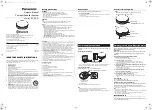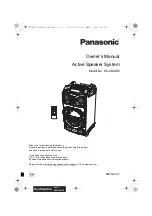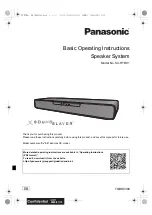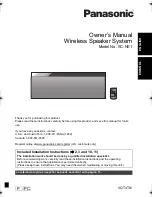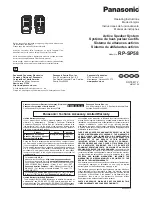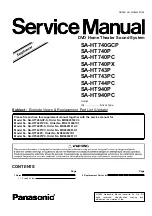
10
1001
69-24000
4
Closed
3000
25 - 80
87.0
106
Stand/
shelf
296
177
227
4.2/9.3
2002
41-24000
4
40.0
3000
30 - 100
88.0
108
Stand/
shelf
370
215
247
5.4/11.9
3003
42-24000
4
43.5
3100
25 - 125
90.5
110
Floor
10 - 100
750
177
249
8.8/19.4
5005
37-25000
4
36.5
3500
25 - 150
91.5
111
Floor
10 - 100
860
215
249
13.3/29.3
6006
39-25000
4
43.0
3000
30 - 150
91.5
112
Floor
10 - 100
970
215
342
18.5/40.8
8008
39-25000
4
32.5
3000
40 - 160
91.0
113
Floor
10 - 100
1.000
252
372
22.0/48.5
600 &
C1000
63-24000
4
58.5
3000
30 - 150
88.5
109
On top/
below TV
139
475
250
5.7/12.6
R1000
70-20000
4
75.0
3000
25 - 80
87.0
105
Wall
296
177
155
2.9/6.4
USEFUL SPECIFICATIONS
A lot of more or less objective measurements of loudspeakers can be made.
Unfortunately the specifications stated are hardly ever comparable, and it is even
more rare that they tell you something about how the loudspeaker actually sounds.
DALI does not state the power handling of the loudspeakers, because this is a mis-
leading and actually also not useable mesurement. Instead, DALI states sensitivity
and maximum sound pressure level.
A lot of people take it for granted that a 100 Watt loudspeaker can play louder than a
50 Watt loudspeaker. Maybe it can, but the reason is not that it can endure twice the
power. The difference is the sensitivity telling you how much of the output is actually
used for producing sound and how much for heat.
(It is like an electric bulb, where a 11Watt energy saving bulb glows with the same
intensity as a 60 Watt ordinary bulb.)
Always remember: it is the sound that matters, and the best way to evaluate it is by
using your ears.
Model:
Frequency re/-3 dB [Hz]
Impedance [ohms]
Bass Reflex System Resonance [Hz]
Crossover frequency [Hz]
Recommended amplifier power
(8 ohms) [W]
Sensitivity (@2,83V/1m) [dB]
Max. SPL [dB]
Placement
Recommended distance from rear
wall [cm]
Height [cm]
Width [cm]
Depth [cm]
Weight [kg/lbs]
Summary of Contents for 1001
Page 1: ...OWNER S MANUAL...











